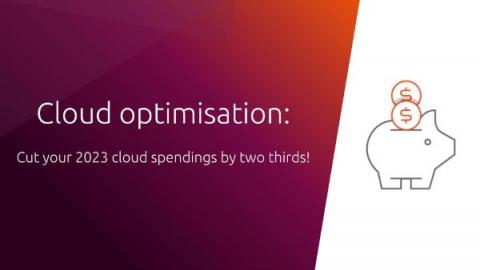Mattermost v7.7 is now available
Mattermost v7.7 is generally available today. With this latest release, we’ve added new functionality to help teams accelerate productivity while ensuring data and infrastructure control to reduce security and compliance risk. The following new features are included (see changelog for more details).











